-
×
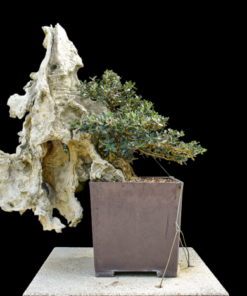 European Olive Bonsai – *Wigert’s Specimen Tree*
1 × $1,500.00
European Olive Bonsai – *Wigert’s Specimen Tree*
1 × $1,500.00
Buttonwood Bonsai – *Wigert’s Specimen Tree*
$1,700.00
SCIENTIFIC NAME: Conocarpus erectus
COMMON NAME: Buttonwood
COLLECTION NUMBER: #67
MEASUREMENTS: Height from soil: 39″ – Nebari: 11″ – Overall width: 48″ – Taiwanese Xing Rong Yi pot: 18″
CARE: BUTTONWOOD produces lovely foliage, great wood for carving, and is a hardy Florida native. Tropical favorite! Buttonwood likes full sun, and moderate water and fertilizer. Tropical tree, keep away from freezing temperatures.
Category: SPECIMEN TREES
Buttonwood Bonsai
The Buttonwood Bonsai (Conocarpus erectus) is a unique and highly sought-after variety for bonsai enthusiasts due to its fascinating texture, attractive shape, and adaptability. This species is known for its ability to thrive in coastal environments, making it a symbol of resilience. It is a small tree with glossy leaves and interesting characteristics that make it perfect for creating beautiful bonsai art.
Key Features of Buttonwood Bonsai:
- Distinctive Trunk and Roots: One of the most notable features of the Buttonwood Bonsai is its trunk, which often develops a thick, gnarled appearance, especially when exposed to the elements. Its roots are often spread out, giving it a “root-over-rock” look, which is a highly valued aesthetic in the bonsai community.
- Foliage: The leaves of the Buttonwood Bonsai are a shiny, deep green with a leathery texture, and they can sometimes turn yellow or reddish during colder months. Their compact size makes them perfect for shaping and styling the tree into different bonsai forms.
- Hardy and Adaptable: The Buttonwood Bonsai is a relatively hardy tree, able to withstand dry conditions and occasional neglect, making it ideal for beginners. It thrives in warm climates and can be grown both indoors and outdoors in regions with appropriate temperatures.
- Small, White Flowers: In the right conditions, Buttonwood Bonsai can produce small, white flowers that eventually turn into small button-like seed pods, which gives the tree its name. Though flowers are less common in bonsai form, they add an interesting detail when they do appear.
- Bark: The bark of the Buttonwood Bonsai is smooth when young but develops a rough, attractive texture as it matures, enhancing its ancient, weathered look.
Popular Styles for Buttonwood Bonsai:
- Formal and Informal Upright: The Buttonwood Bonsai can be shaped into an upright form, with either a straight or slightly curved trunk.
- Root Over Rock (Nebari): Given the Buttonwood’s ability to produce impressive roots, it is often styled with a root-over-rock design, where the roots wind around a rock base, creating a dramatic, aged look.
- Semi-Cascade or Cascade Style: The flexible nature of the Buttonwood Bonsai allows it to be styled in a cascade form, with branches or even the entire trunk flowing downward. This style highlights the tree’s graceful appearance.
- Broom Style: With its naturally branching growth, the Buttonwood Bonsai can also be trained into a broom style, where multiple branches grow from the top of a straight trunk.
Care Tips for Buttonwood Bonsai:
- Light: Buttonwood Bonsai trees require full sunlight, preferably for 6 hours a day. If growing indoors, place the tree near a bright window with plenty of natural light.
- Watering: Water your Buttonwood Bonsai regularly, ensuring the soil is kept moist but not soggy. Let the top inch of soil dry out between waterings. The tree should not be left in standing water.
- Soil: The Buttonwood Bonsai prefers a well-draining soil mix to prevent root rot. A mix of akadama, pumice, and lava rock is often recommended for its drainage properties.
- Pruning and Shaping: Regular pruning helps maintain the desired shape of the tree. Prune back leggy growth and remove any dead or yellowing leaves. The Buttonwood responds well to wire training, allowing it to be shaped into various forms.
- Temperature and Humidity: Buttonwood Bonsai trees prefer warm, tropical environments. They do best in temperatures between 60°F to 85°F (15°C to 29°C). They also appreciate moderate humidity, which can be increased by using a humidity tray or occasional misting.
- Fertilizing: During the growing season (spring to early autumn), feed your Buttonwood Bonsai with a balanced, diluted fertilizer to promote healthy growth. Reduce fertilization during the winter months when the tree is not actively growing.
Why Choose Buttonwood Bonsai?
- Elegant Appearance: The Buttonwood Bonsai’s thick trunk, spreading roots, and glossy green leaves make it an excellent choice for bonsai enthusiasts looking for a tree with a unique and refined aesthetic.
- Versatility: Its adaptability allows for various bonsai styles, from upright to cascading forms, and it can be grown both indoors and outdoors, depending on the climate.
- Low Maintenance: Buttonwood Bonsai is relatively easy to care for and is an excellent choice for beginners looking to start their bonsai journey, while still providing a challenge for advanced enthusiasts.
- Resilience: With its coastal origins, the Buttonwood Bonsai is incredibly hardy and can tolerate some neglect, making it a great option for gardeners with busy lifestyles.
Conclusion:
The Buttonwood Bonsai is an excellent choice for anyone interested in creating a beautiful, resilient bonsai with distinctive character. Whether you’re a beginner or an experienced grower, the Buttonwood’s stunning trunk, unique root system, and adaptable nature make it a rewarding and elegant addition to any collection.
Be the first to review “Buttonwood Bonsai – *Wigert’s Specimen Tree*” Cancel reply
Related products
$5,000.00
$7,500.00
$1,000.00

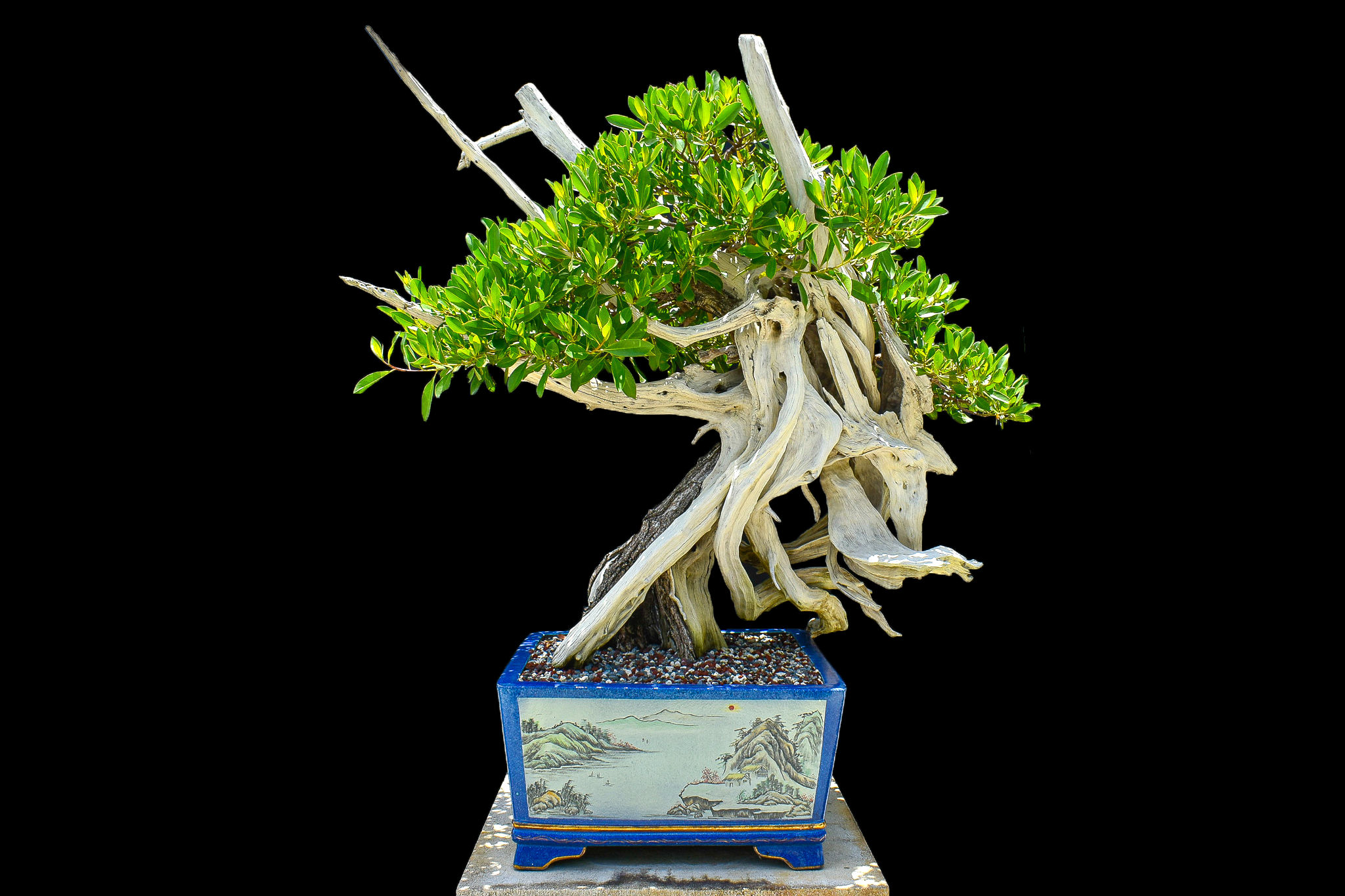



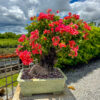
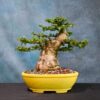
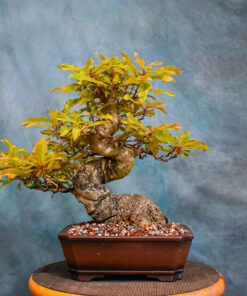
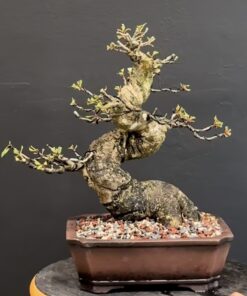
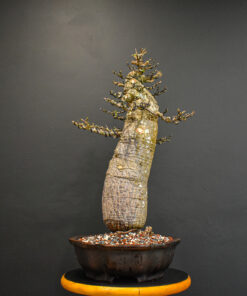
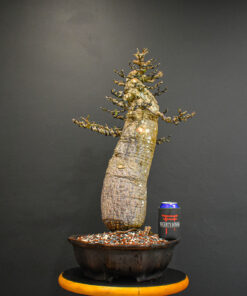
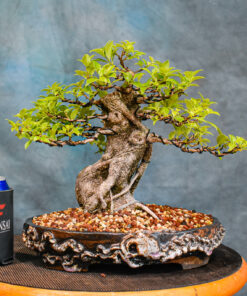
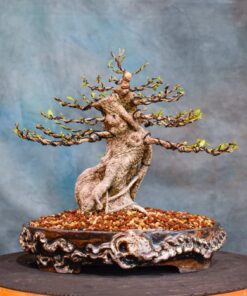
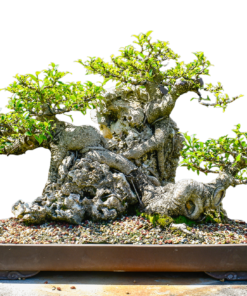
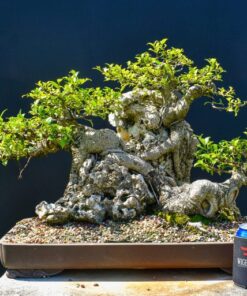
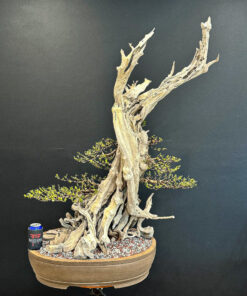
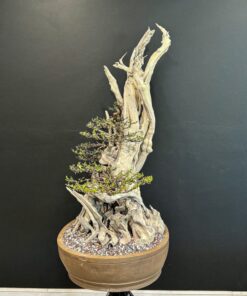
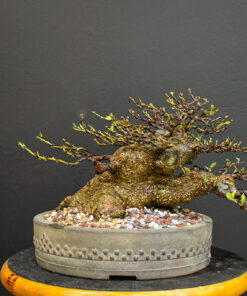
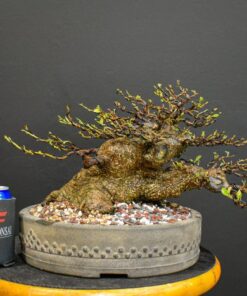

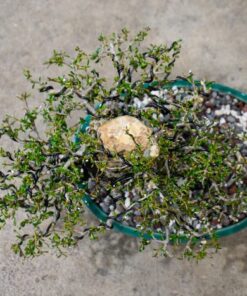
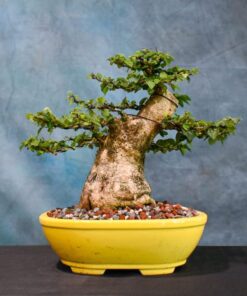
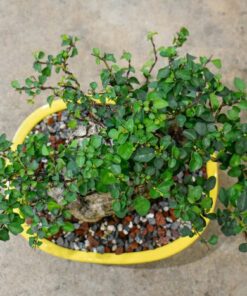
Reviews
There are no reviews yet.